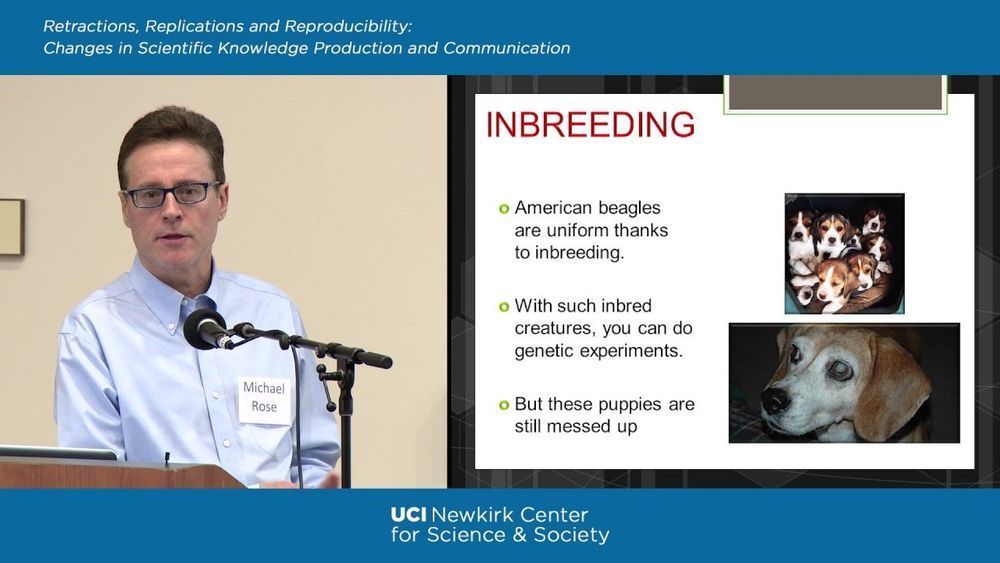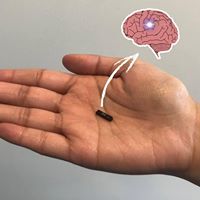Nov 21, 2019
Fossils Of Prehistoric Legged Snake Explain The Evolution Slithering Reptiles
Posted by Genevieve Klien in category: evolution
Due to a lack of fossil records, the early evolution of snakes has been a mystery, until now. Paleontologists have discovered new fossils of the prehistoric legged snake, Najash that has helped solve the mystery of how this creepy-crawly evolved into the slithering reptile it is today.
Researchers have examined the fossils of Najash rionegrina, a rear-limbed snake from the Late Cretaceous period. it has been named after the Biblical legged snake, Nahash, who tempted Eve and Adam to eat the forbidden fruit in the Book of Genesis. Found in Patagonia, Argentina, the fossil has revealed that snakes not only had limbs 100 million years ago but also had cheekbones (jugal bone).
The study published in Science Advances reveals how snakes evolved from their lizard ancestors. Fernando Garberoglio from the Fundación Azara at Universidad Maimónides, Buenos Aires explained, “Our findings support the idea that the ancestors of modern snakes were big-bodied and big-mouthed—instead of small burrowing forms as previously thought.”


















